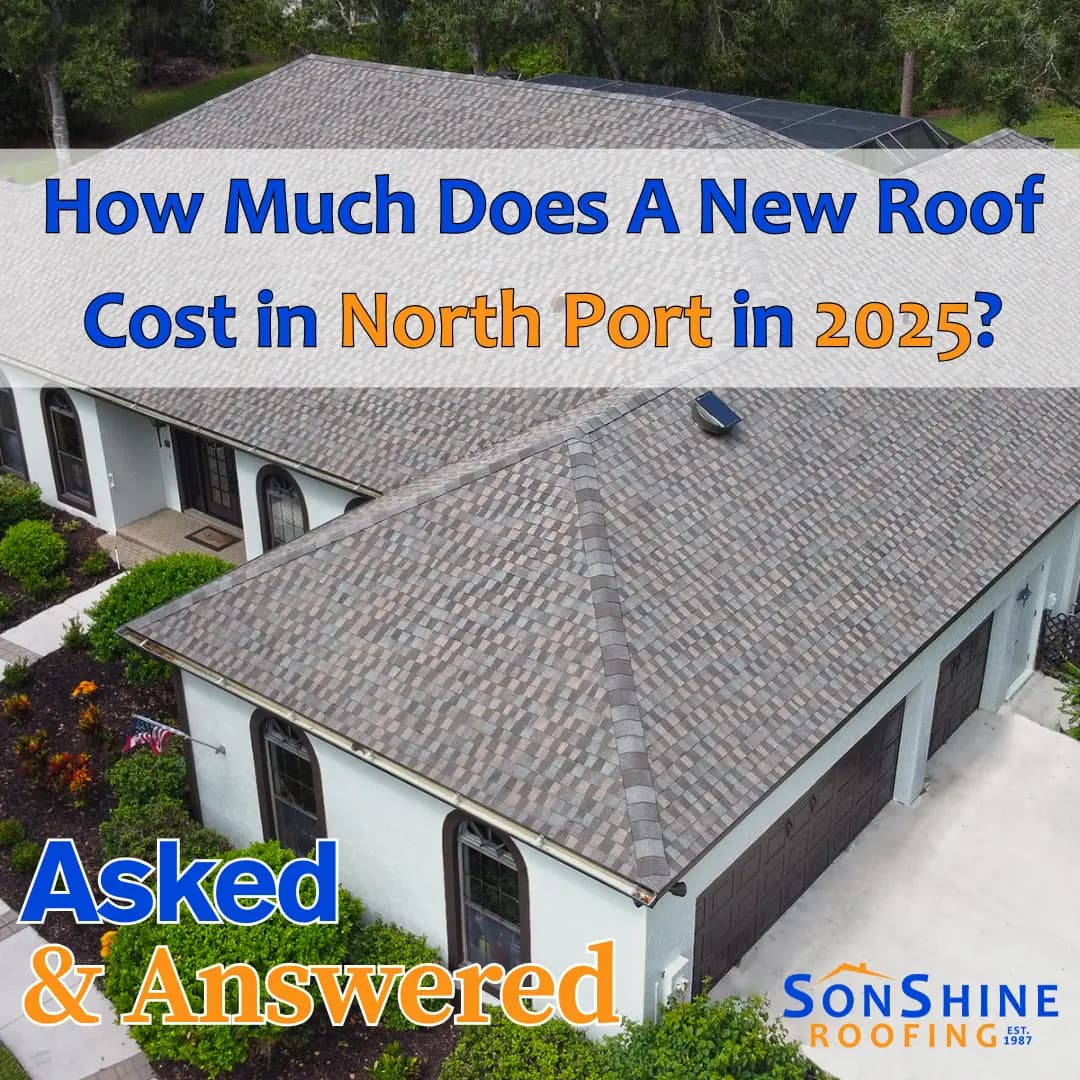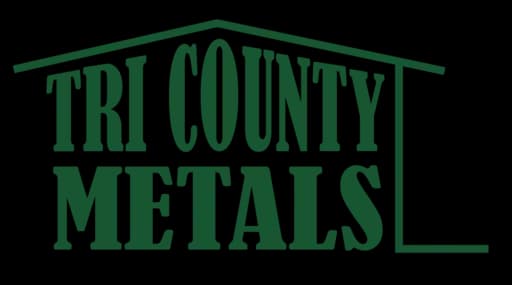When to Replace Roofing: 5 Signs You Shouldn’t Ignore
Along with food on the table and the shirt on your back, having a roof over your head is one of life’s essential necessities. Just as your diet affects your health, the condition of your roof directly impacts your home’s protection and your family’s comfort.
So, when should you replace roofing? Here are some critical signs that it may be time to consider a roof replacement to prevent further damage and restore your home’s safety.
1. Shingles Are Missing
Step back from your home and inspect your roof. Do you notice any missing shingles?
Take the first step
Schedule a fast, no-pressure visit. Since 1987 we’ve got you covered.
Get startedEven a small section without shingles can leave your roof vulnerable to water intrusion, especially during Florida’s rainy season. The longer you wait, the more damage moisture can do—especially to roof decking and attic insulation. Call a roofing professional promptly to assess the need for repair or replacement.
2. Shingles Are Damaged
Even if shingles aren’t missing, damaged ones can be just as bad. Look for curling edges, cracks, chips, or “bald spots” where asphalt granules are worn away. These are indicators of aging and weathering.
As a rule of thumb, if more than one-third of your shingles show visible damage, it’s time to think about replacing your roof entirely.
3. There’s Water Damage in the Attic
Not all roof problems are visible from the outside. Head up into your attic and check for signs of water damage, such as:
- Dark stains or streaks on wood beams
- Mildew or mold growth
- Damp insulation
These issues may not be obvious until the damage has already begun. If you see any of the above, schedule a roof inspection to confirm whether you need a repair or full replacement.
4. It’s Been a While
Do you know how long it’s been since your roof was installed? According to U.S. News, asphalt shingle roofs typically last 20 years, while fiber cement lasts about 25 years, and wood shake can go for 30. Tile, slate, or copper roofs can last up to 50 years or more.
If your roof is nearing or past its expected lifespan, it’s a smart move to have it evaluated—even if everything looks fine from the ground.What Should I Do if My Roof is Damaged After a Storm?
5. Your Energy Bills Are Creeping Up
Have your utility bills been rising unexpectedly? A deteriorating roof may be the culprit. Gaps in your roof or poor insulation can let out your cooled air and bring in heat, forcing your HVAC system to work overtime.
According to Bob Vila, a properly sealed and ventilated roof helps regulate indoor temperatures and can improve your home’s energy efficiency. If your windows and doors are well-sealed but your energy costs keep climbing, it might be time to replace your roof.
Know When to Replace Roofing
Roof replacements are no small expense, but they’re a crucial investment in your home’s structural integrity and resale value. By recognizing the signs of a failing roof early, you can prevent larger, costlier issues down the road.
Ready to schedule a consultation? Contact SonShine Roofing today and let our experienced team evaluate whether your roof needs repair or replacement.















